- Bikes
-
Parts
- SUPERIOR PARTS
- OIL SLICK
- Pegs
- Frames
- Forks
- Handlebars
- Stems
- Headsets & more
- Rotor systems
- Brakes & more
- Tires & more
- Wheels & more
- Rims
- Hubs & more
- Drivetrains & more
- Cranks & more
- Grips & more
- Saddles & more
- Fixie Wheelsets
- Helmets / Protection
- T-shirts / Hoodies
- Tools
- Accessories
- MTB parts
- Vouchers
- About Us
- Work Shop
- News
- KHE MAC Team
What BMX protective equipment is most important?
- Bike Helmet: A well-fitting bike helmet is the most important piece of safety equipment for BMX riders. It protects your head from injury in the event of a fall or collision. Make sure the helmet meets safety standards and fits properly on your head.
- Gloves: Gloves with palm padding not only protect your hands, but also help you hold the handlebars and perform stunts. They protect against abrasions and provide a better grip.
- Shin and Knee Pads: This protective gear protects your shins and knees from bruises and abrasions. They're especially important when you're performing tricks or riding in skateparks where falls are common.
- Elbow Guards: Elbow guards provide protection for your elbows and forearms. They're important for mitigating injuries from falls, especially if you're riding halfpipes or ramps.
- Chest and Back Protector: A protector that protects your chest and back can be useful for extreme BMX stunts and downhill riding. They provide additional protection for the upper body and spine.
- Ankle braces (optional): Some BMX riders wear ankle braces to stabilize their ankles and prevent injury. This is especially important if you do a lot of street riding or tricks involving landings from a great height.
- Bike shorts or protector shorts (optional): Bike shorts or shorts with built-in protectors can protect the thighs, tailbone and hips. These are especially useful for off-road or downhill riding.

Google Reviews
138 Reviews

22/09/2023
My son is thrilled with the design of his BMX bike. After I had trouble assembling it (especially the brakes), I contacted KHEbikes. Absolutely fantastic, friendly, and fast service, which solved the problem! I'm truly thrilled and can only recommend KHEbikes! 5 stars ⭐️⭐️⭐️⭐️⭐️

09/01/2025
My previous review was worse. The reason for this is that I've encountered a lot of poor providers in the past, and so I simply share my negative experiences. I was contacted immediately after my first review, which I personally thought was really great. It immediately showed that the customer is their top priority. A big thumbs up for that.

29/12/2024
Great service, fast delivery, no problem exchanging. Top company!

04/09/2024
Great bikes at fair prices and great customer service!

03/08/2024
Very pleasant contact, I'm very impressed with the staff. The purchase process is easy, and the description is accurate. The order arrived very quickly, but unfortunately, there was some shipping damage, but it was replaced without any major problems.

16/02/2024
Very friendly and excellent support. @KHEbikes - thank you very much

21/12/2023
Thanks to excellent advice over the phone, we were able to order the right spare parts for our son's BMX bike. They assured us of prompt shipping, so he was able to happily use his bike again the following week. Many thanks to Mr. Stubenrauch for the great advice!

20/08/2021
Over the years, we've had nothing but positive experiences with their products and service! Unfortunately, no race bikes or parts, which would make the product range perfect. Highly recommended!

07/12/2023
Very friendly contact, excellent advice. Even a question about the assembly of the BMX bike I purchased was answered the same day (Sunday!). That's how you retain customers long-term. I certainly won't have ordered the last bike from you. 😊 Thank you very much.

28/11/2023
Beautiful, robust bikes and absolutely top-notch customer service. Very helpful both by phone and email, and there's a solution for every issue! It's great to still have such great and positive shopping experiences every now and then. Thank you, dear KHEbikes team!

03/01/2025

21/09/2023
Very quick, uncomplicated help. My contact, Mr. Göring, was very nice.

21/09/2023
Fast, competent, and friendly. Best service

16/09/2023
the attention is good even if you have a problem they support you so that everything goes well

18/04/2023
Despite the remote diagnosis, we received excellent advice. After a few emails and photos back and forth, the problem with the bike was identified, and we were able to fix it ourselves. Our son is incredibly happy to be able to ride a BMX again. Now that's what I call customer service! Very friendly, dedicated, and competent!

06/04/2023
Top customer service, super clear homepage :)

27/01/2023
Top-notch advice! Always happy to come back!

13/01/2023
Super fast delivery, great customer service, and very satisfied with the BMX. Thank you very much!

03/01/2023


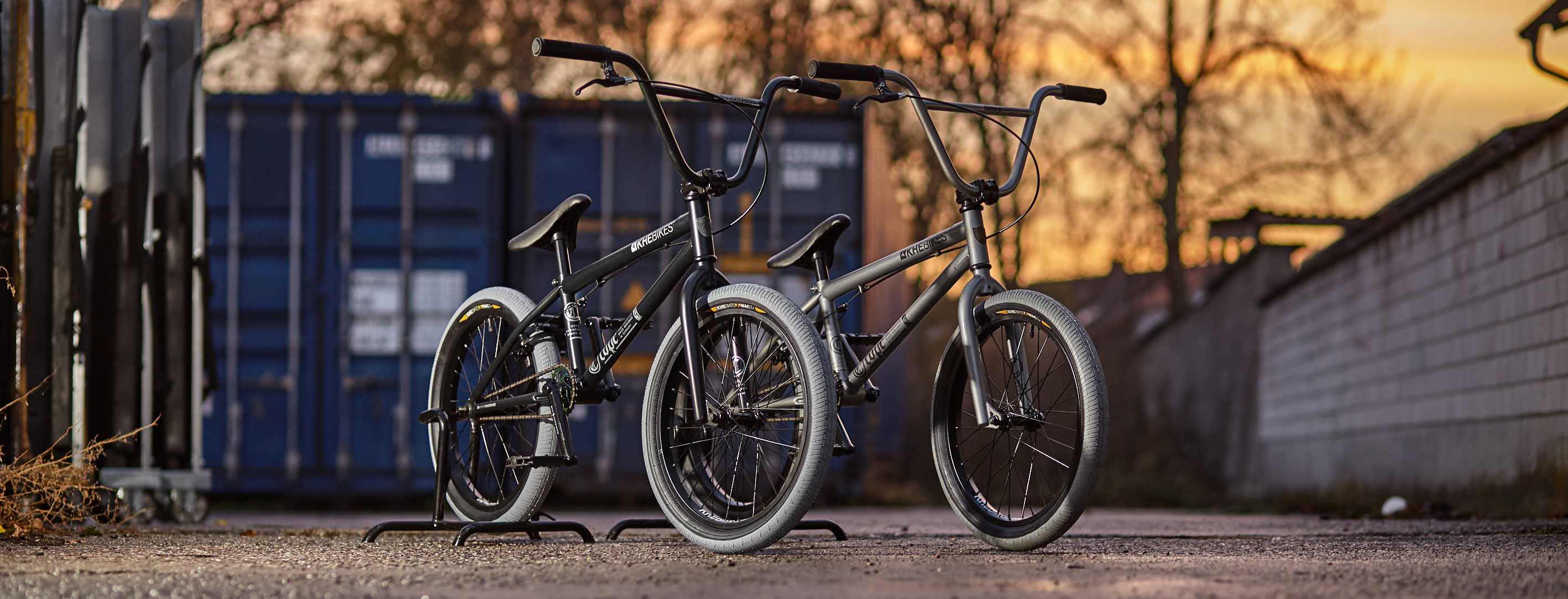
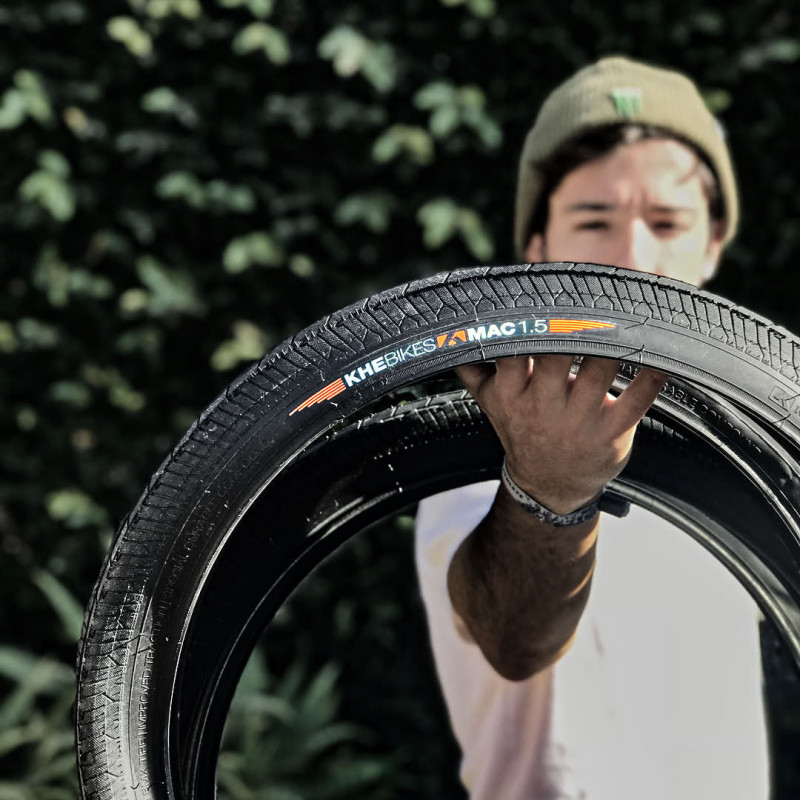



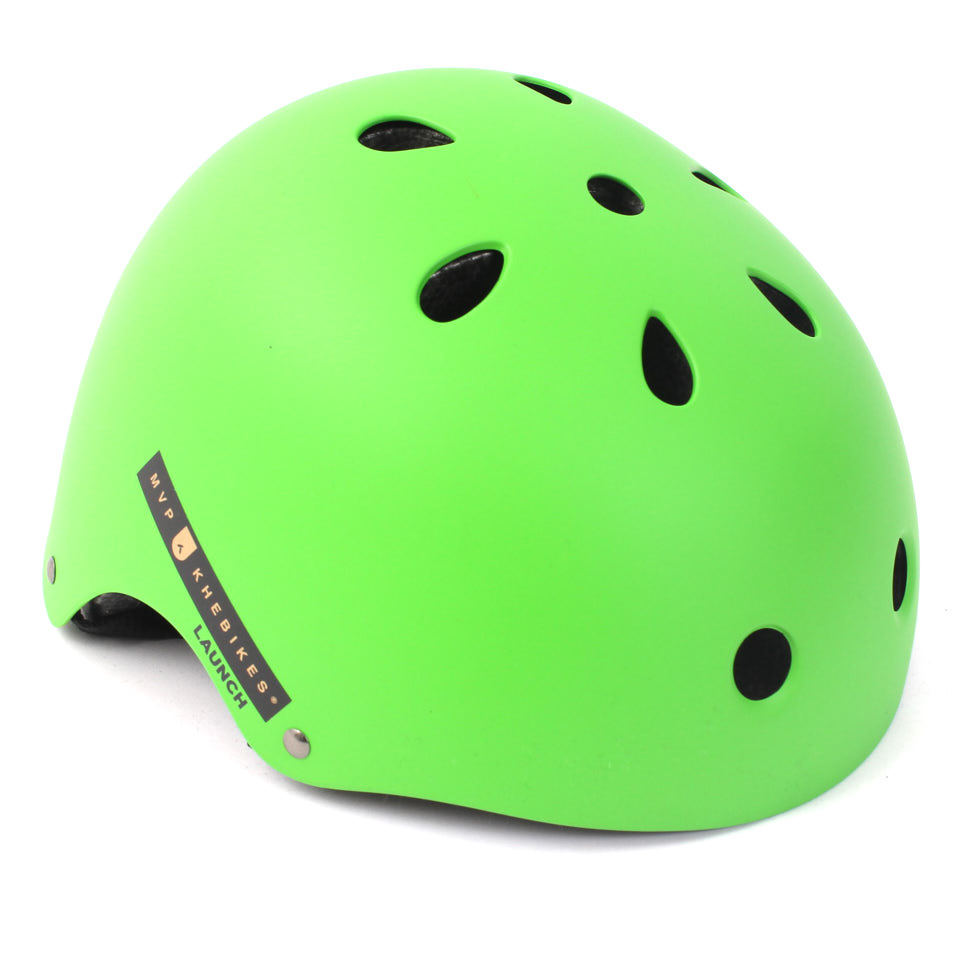

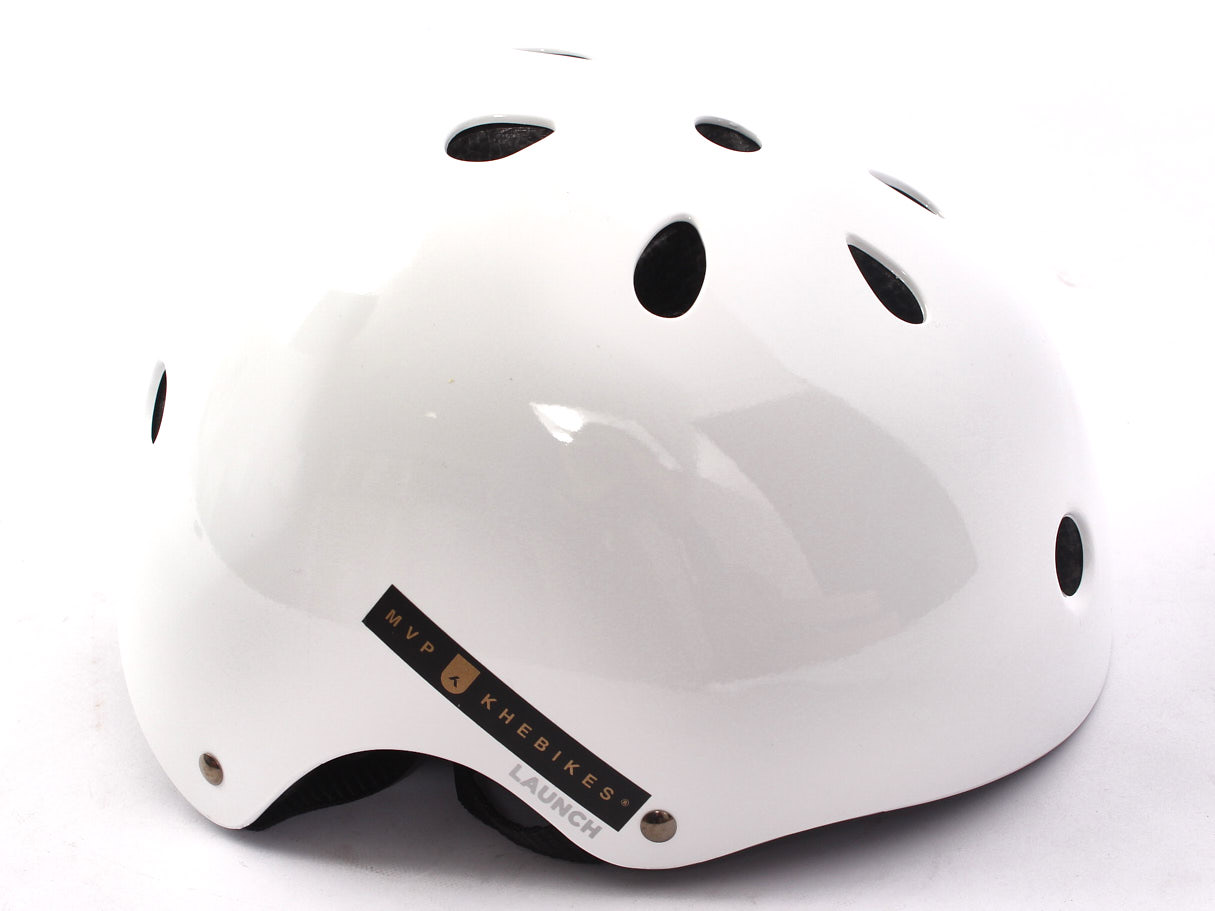
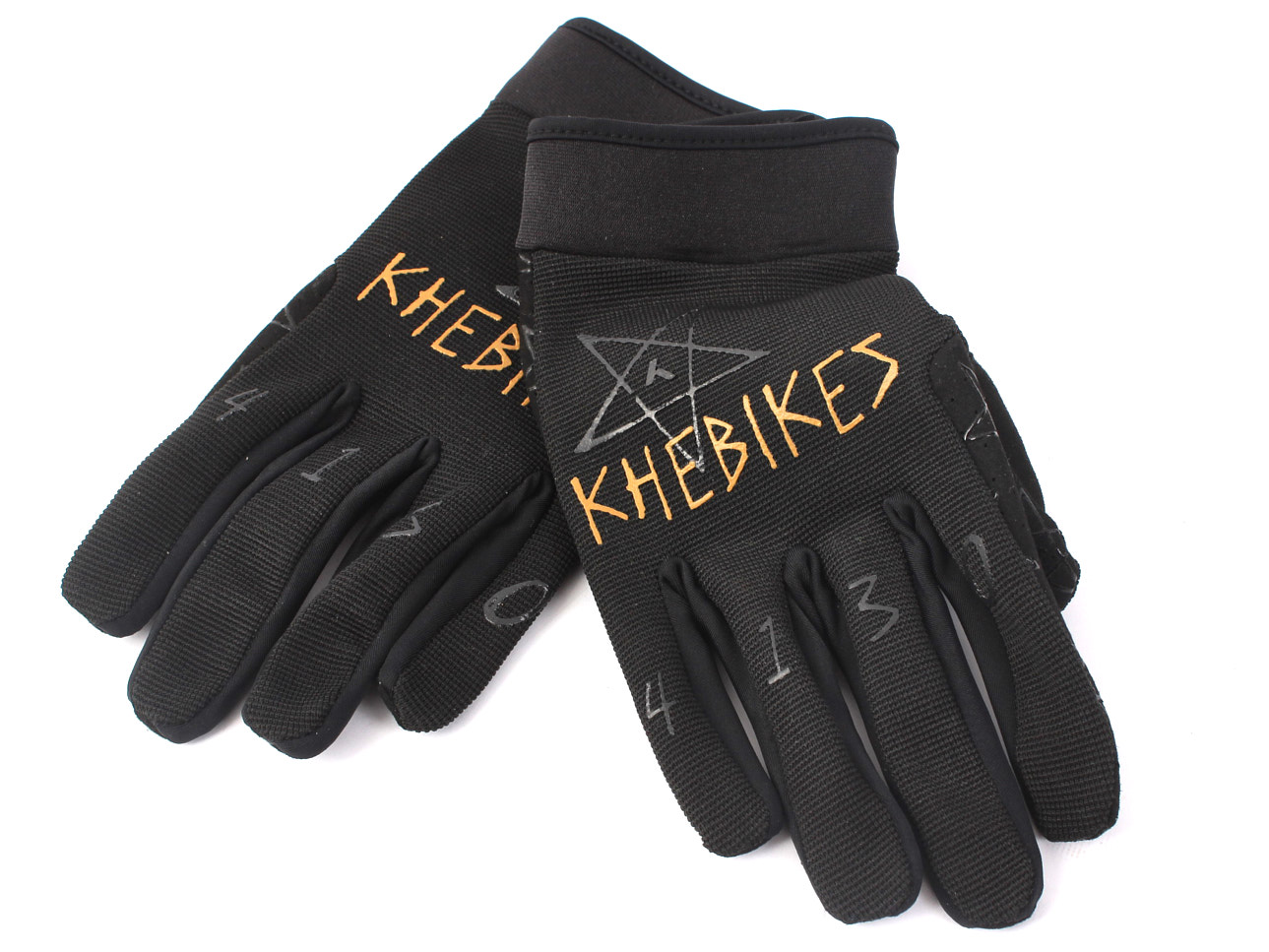
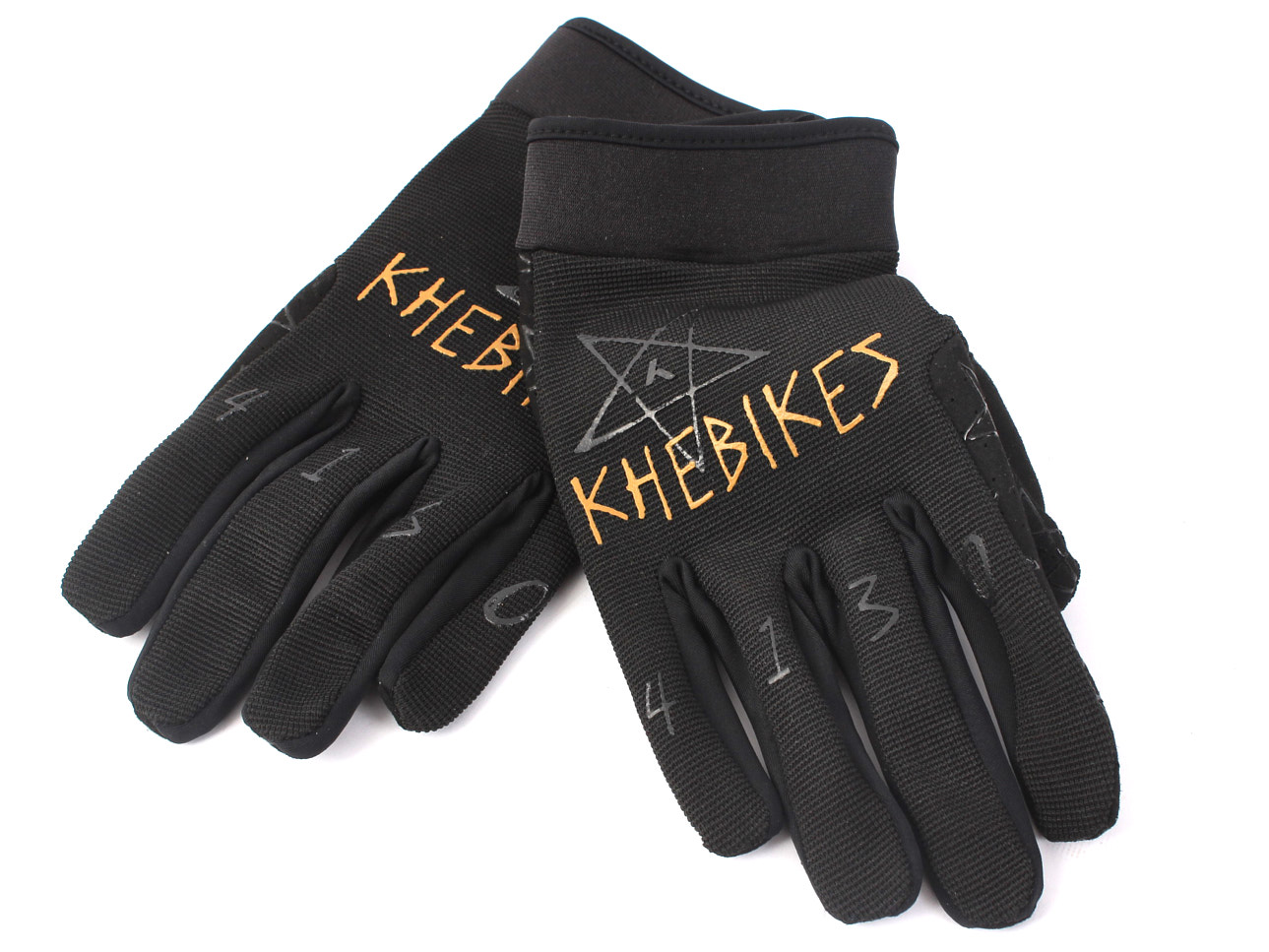
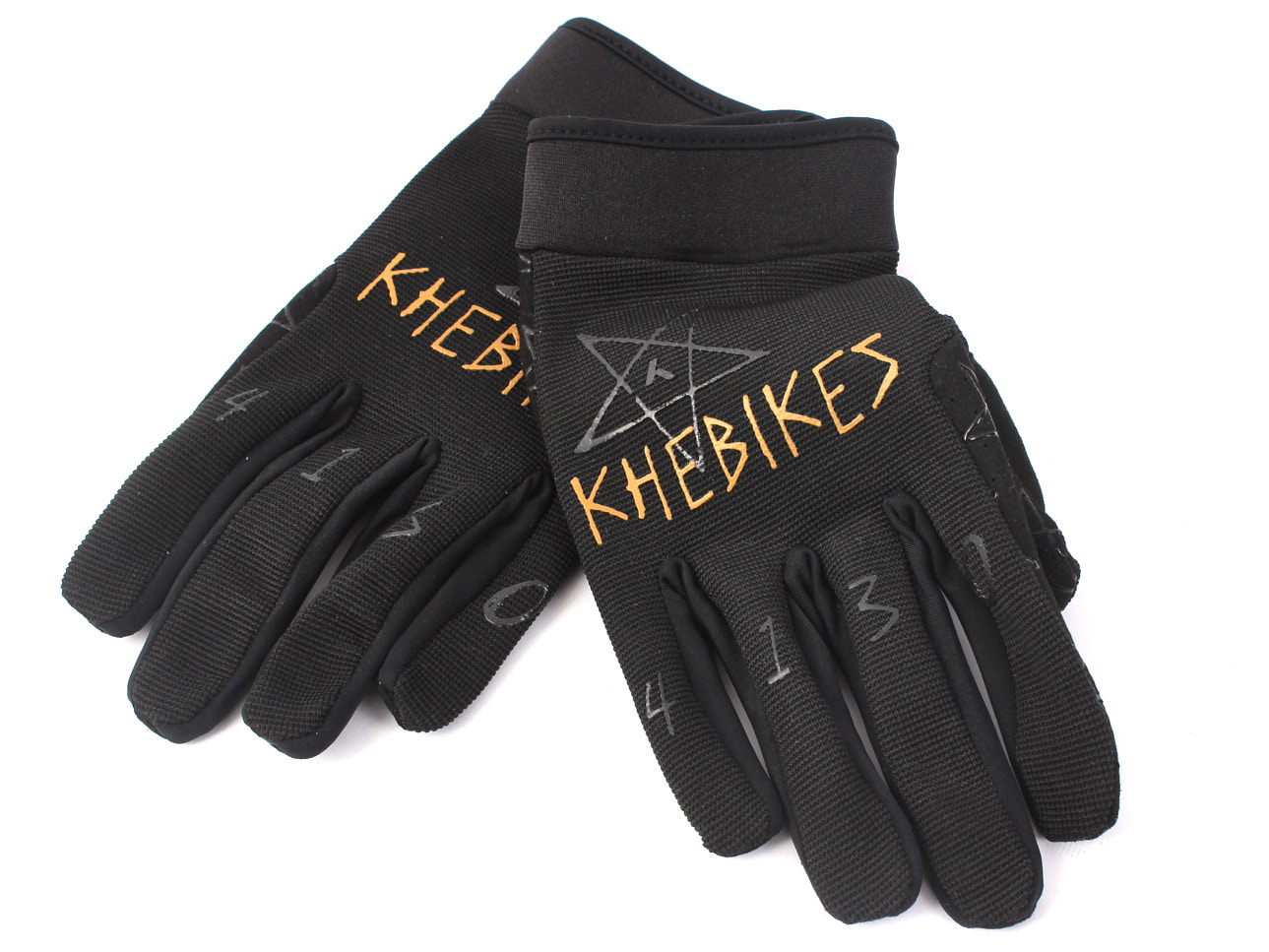
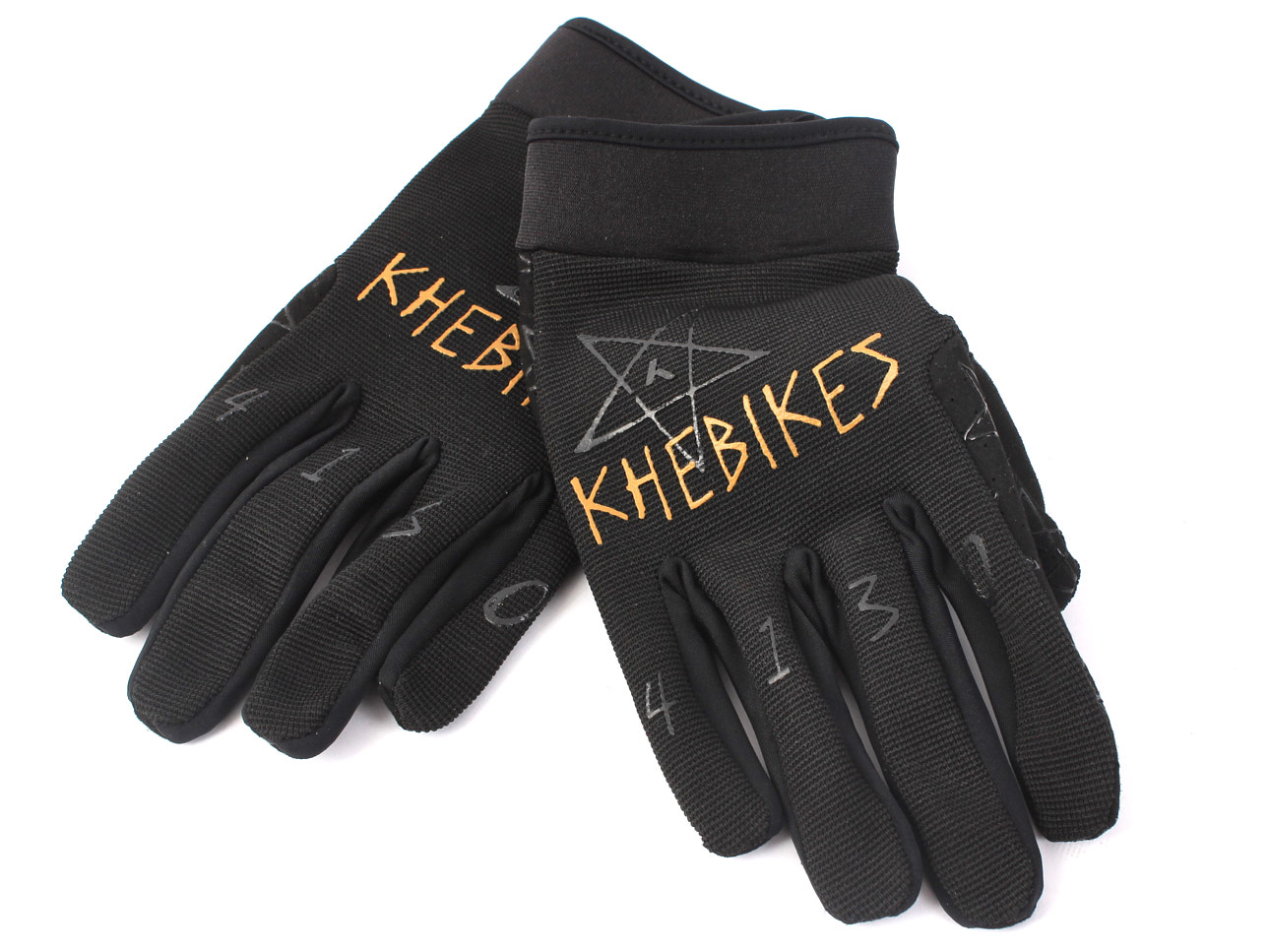

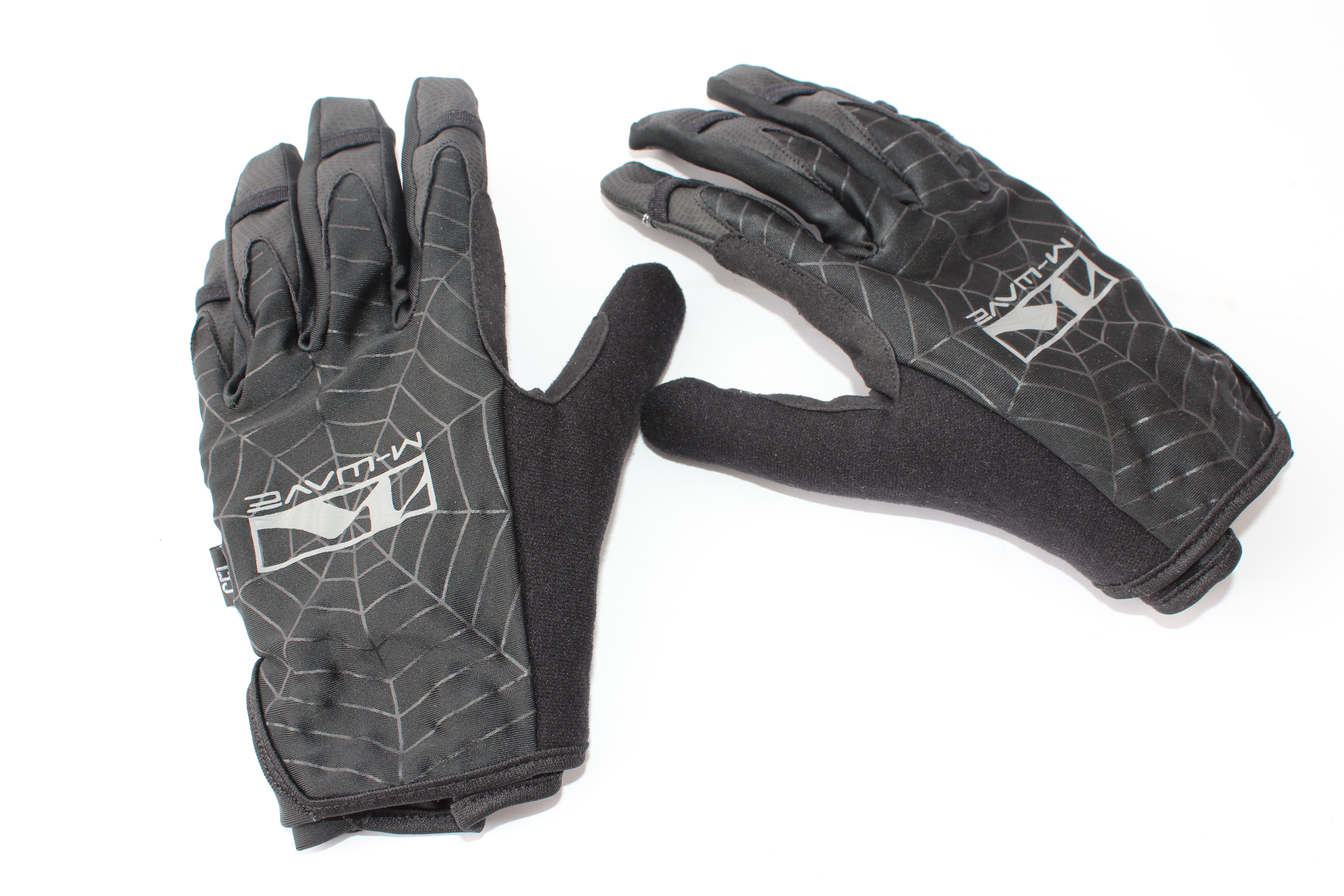
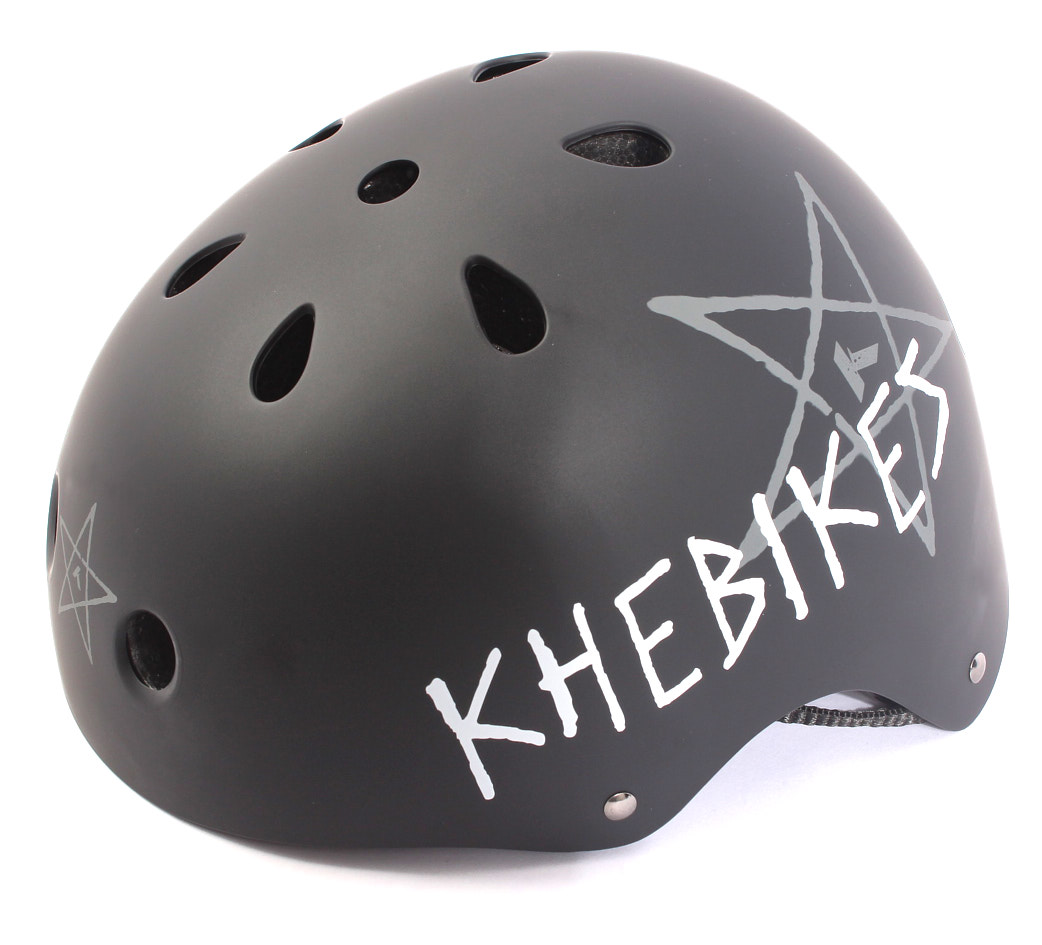
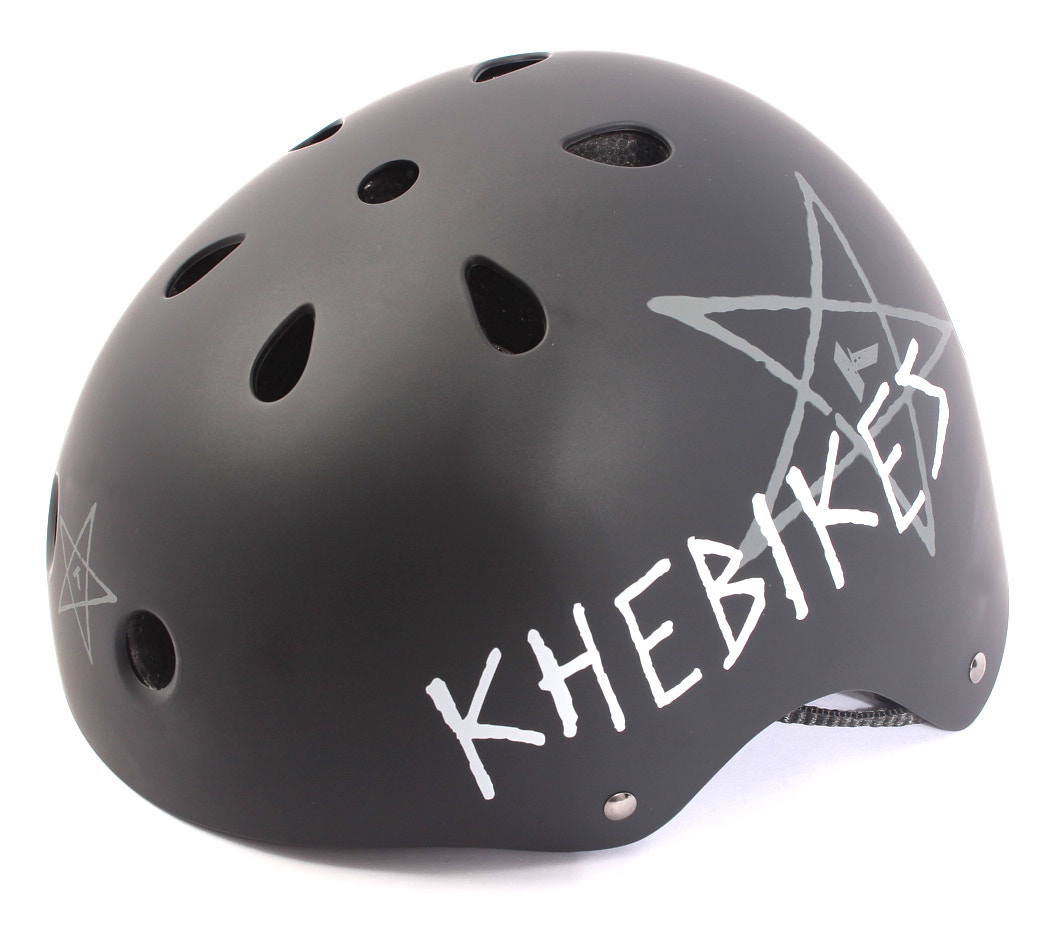


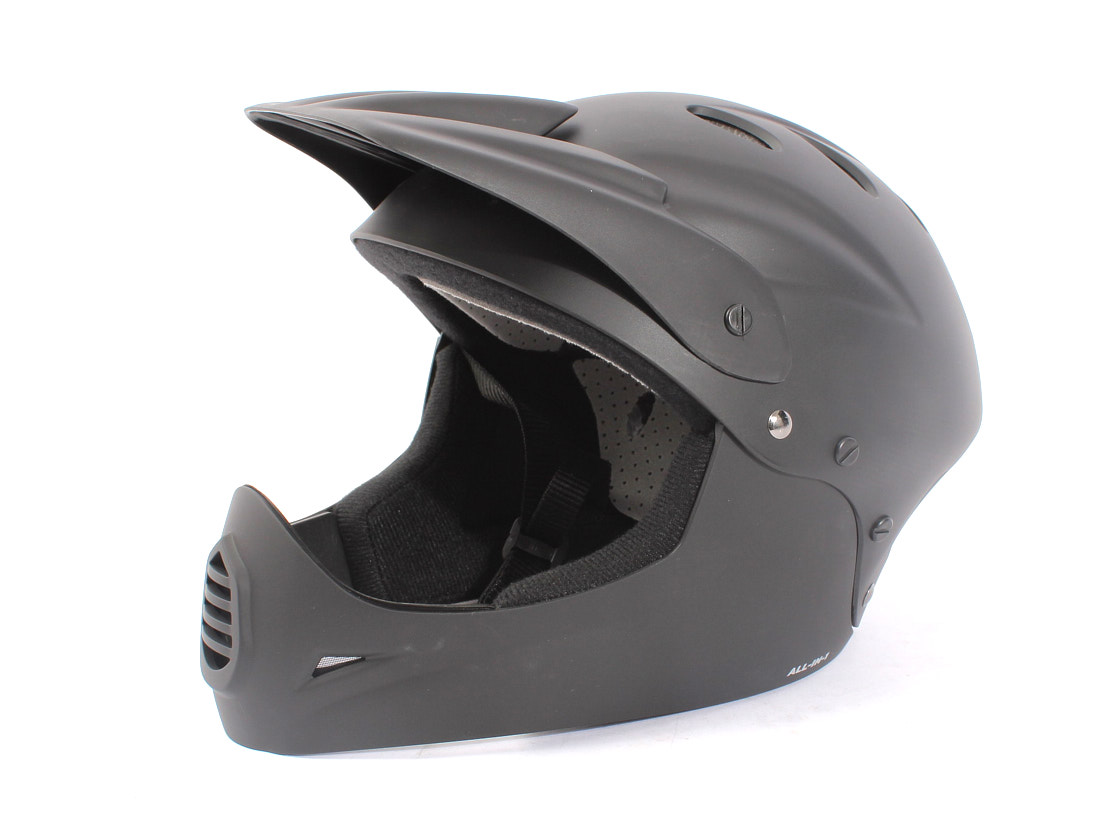
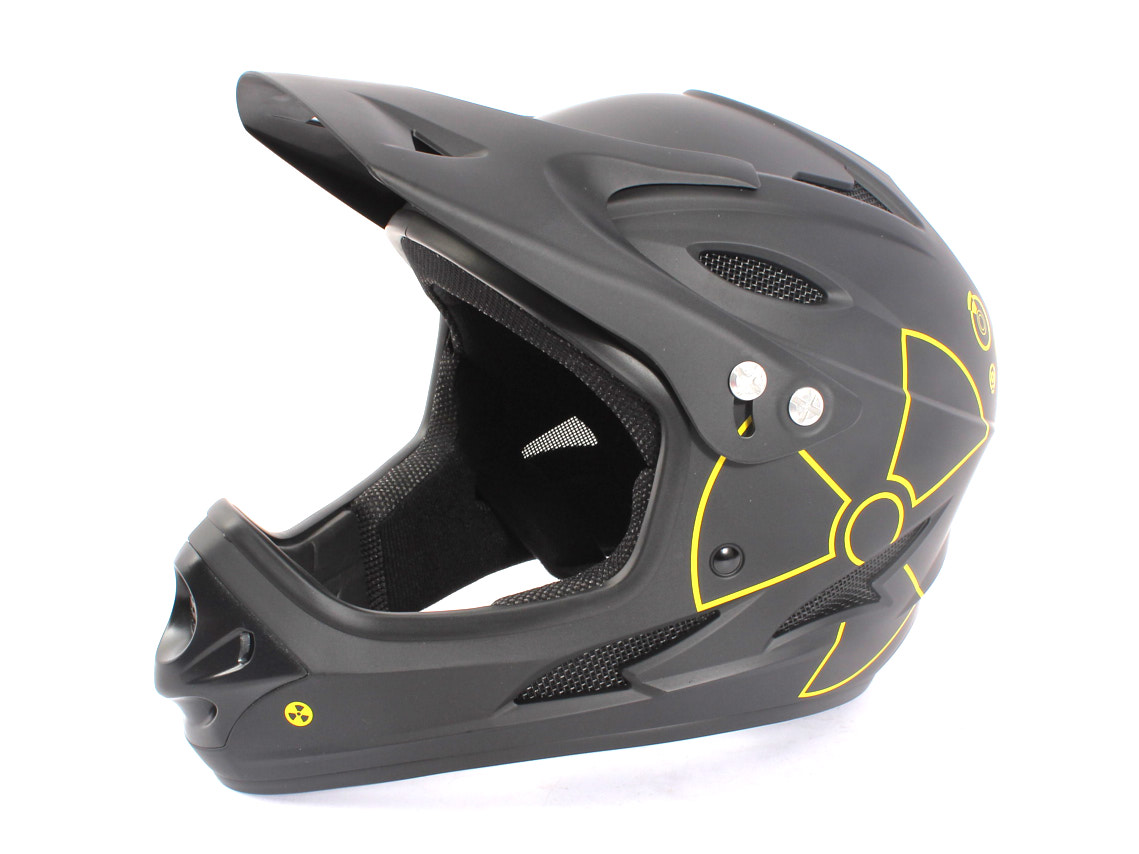
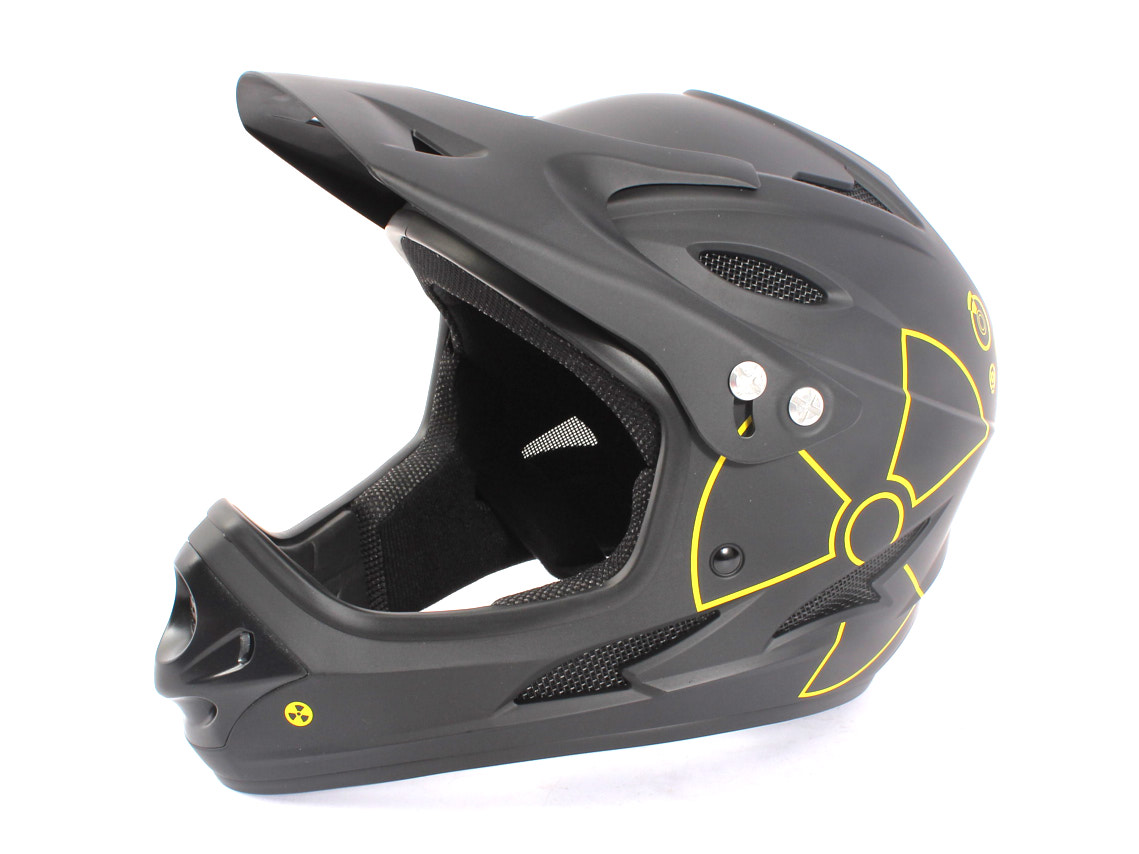

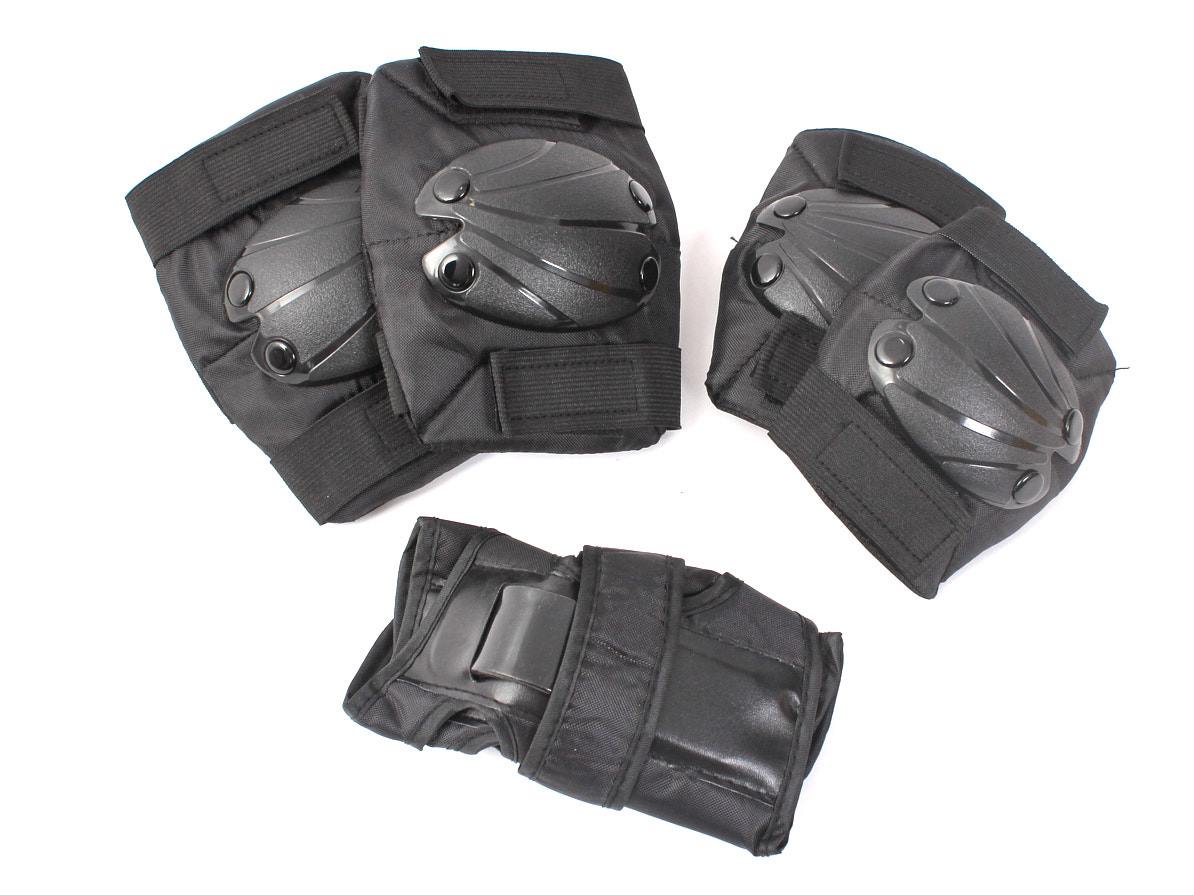
Very friendly and very helpful. I contacted them via email and received a prompt response with good advice and a purchase recommendation. I'd be happy to come back.